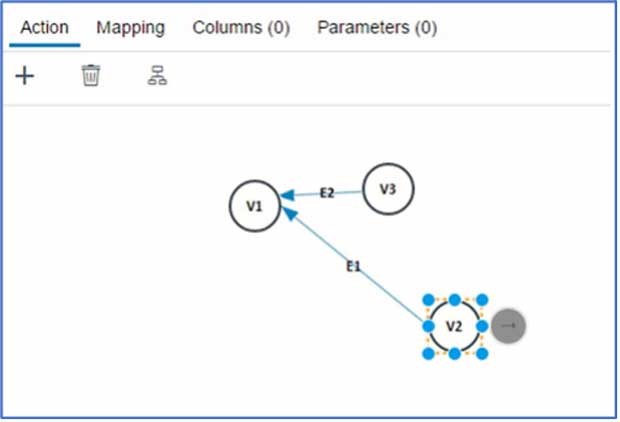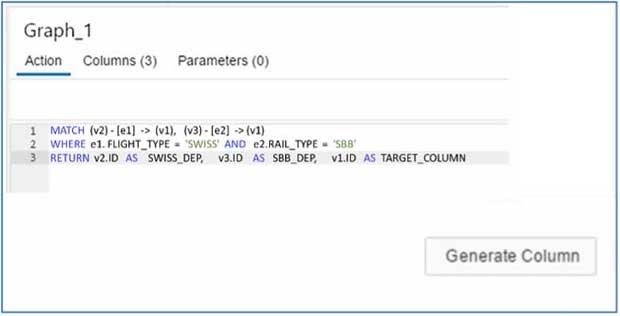Data Science
HANA XSA Environment: Graph Pattern Matching
Pattern matching is a type of a graph query which helps understanding relationships, detecting patterns, finding subgraphs that match the given pattern. Patterns are a combination of edges and vertices. A vertex is a target or a source of an edge. For instance, traveling from Bern (vertex) to Zürich (vertex) using an SBB Train (attribute of an edge). Now to scale it up, there are many destinations, many routes and different modes of transportation. It is often necessary to perform complex calculations in order to find all the patterns for the question asked. This blog gives an overview of possibilities of performing pattern matching using native HANA methods such as a Calculation View. In this blog both a visual as well as a cypher code method for performing pattern matching is described in detail.




